In June and July 2024, Kenya was rocked by massive protests against the Finance Bill 2024, which proposed significant tax hikes that angered many, especially the youth. The bill was seen as a heavy burden on an already struggling population, and its controversial nature sparked widespread protests.
The protests were largely organized by Gen Z activists who used social media as a platform to mobilize the masses. These demonstrations, while initially peaceful, quickly turned violent, culminating in a major clash on June 25 when protesters stormed Kenya’s Parliament and set parts of the building on fire.
The violence resulted in the tragic loss of over 30 lives. Among those killed was Eric Shieni, a young protester who was shot outside Parliament. Shieni’s death became a symbol of the brutality many felt was being unleashed by security forces on unarmed citizens.
The story took a darker turn when a recent BBC Africa Eye documentary reignited public outrage by identifying a soldier from the Kenya Defence Forces (KDF) as the person allegedly responsible for Shieni’s death.
This revelation has fueled further anger and demands for justice from the public.The BBC investigation analyzed over 150 images and videos, focusing on the moments leading up to Shieni’s death. They were able to pinpoint the soldier who fired the fatal shot from about 25 meters away, striking Shieni in the back of the head.
Faith Odhiambo, the president of the Law Society of Kenya, condemned the action, stating that the clear aim was to kill, highlighting the shocking nature of the incident. Social media platforms, particularly X, have since been flooded with calls for the soldier’s identification and accountability. Many users, including @BernardKavuli, have posted messages urging Kenyans to help identify the individual responsible for Shieni’s death.
Despite the mounting evidence, the KDF has denied receiving formal inquiries from the Independent Policing Oversight Authority (IPOA), which is responsible for investigating police and military conduct. The KDF also maintains its commitment to upholding the rule of law.
However, this statement has done little to ease the growing public discontent. Trust in the country’s security forces has significantly eroded, and human rights organizations like Amnesty International have accused the authorities of using excessive force and conducting abductions during the protests.
The public outcry has been further fueled by the revelations in the documentary. Shieni’s family, who have been vocal about his advocacy for good governance, have now joined the growing chorus demanding justice for his death.
Kenyans online are rallying for accountability, with many people calling for an independent investigation into the events of June 25 and the subsequent actions of the security forces. This new push for transparency has placed even more pressure on the government to address what many see as a brutal crackdown on dissent and the right to protest.
The identification of the soldier who killed Eric Shieni is just one aspect of the broader calls for greater transparency and accountability in how the government and its security forces deal with peaceful protests.
The protests and the deaths that followed have sparked a larger conversation about the state’s handling of dissent and the rights of citizens to express their dissatisfaction with government policies without fear of violent reprisal. The fight for justice is far from over, and for many, it has just begun.






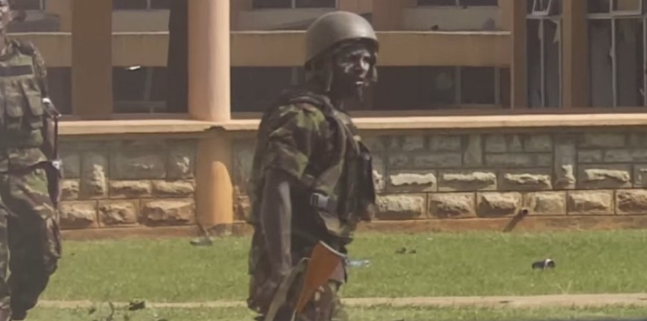

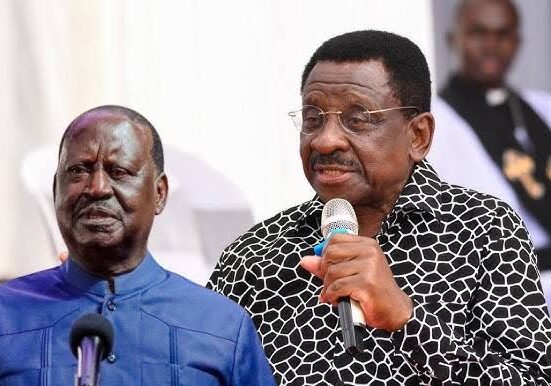
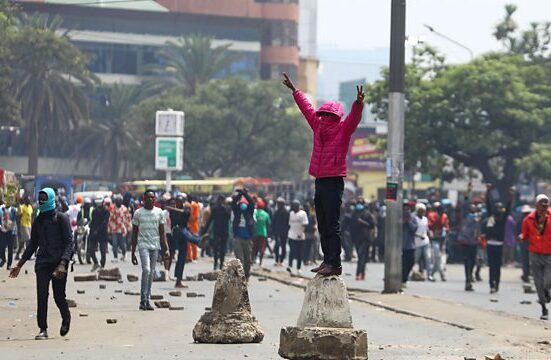
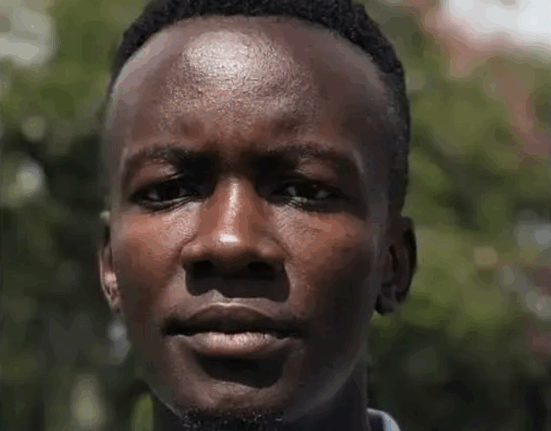
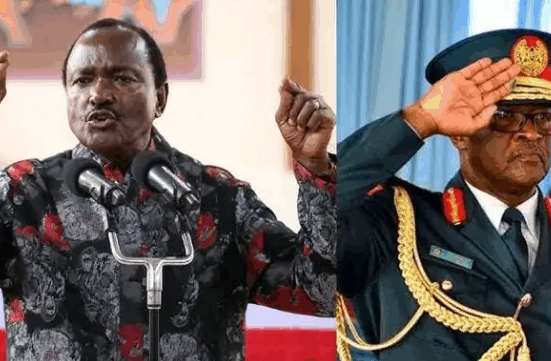

Leave feedback about this